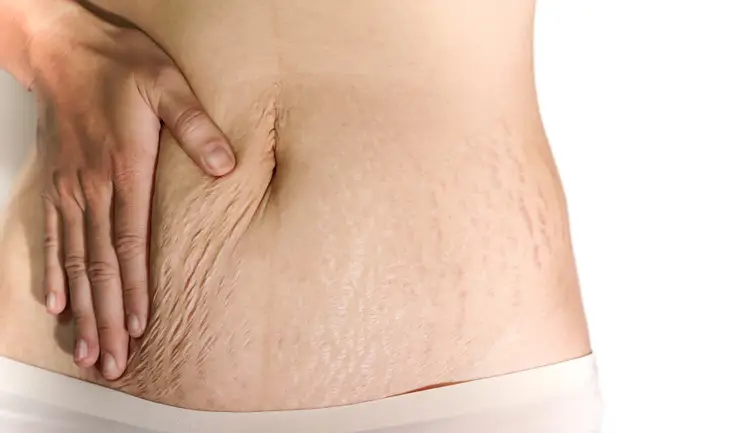Summaries of the types of procedures you can add to your clinic offering to help boost the confidence of
body-conscious mothers
To access this post, you must purchase Aesthetics Journal Membership – Annual Elite Membership, Aesthetics Journal Membership – Annual Enhanced Membership or Aesthetics Journal Membership – Basic Membership.
log in
log in

